There are a lot of changes happening in the life insurance industry because of COVID-19—market environment, types of insurance products, processes, and technology. As these changes are evolving, there are unique challenges impacting new business and underwriting. I want to show you some innovative solutions solving these pain points.
Life Carriers Need Predictive Underwriting in the COVID-19 World
In a perfect world insurance companies are changing their strategy in a void, a company changes pricing while the industry is static and the company can evaluate the impact on the policyholders and the profitability of the company over time. Due to new regulations, principle-based reserving (PBR) and a new standard mortality table, the 2017 Commissioners Standard Ordinary (CSO) Table, and now due to COVID-19, companies are changing pricing while the rest of the industry is also changing pricing. To be able to trace the impact of a change, to simulate strategies and make decisions quickly, companies must have reliable data and predictive technology (such as Artificial Intelligence and Machine Learning) to evaluate the impact in real time.
Companies are building complex products, and sophisticated underwriting protocols and benefit programs, to attract specific distributors, producers and customers or specific market segments or specific risks. Being able to simulate what-if scenarios and build strategies based on data allows companies to be more scientific and therefore generate better results. COVID-19 disrupted the way insurance companies onboard a policy, there is a move to eApp, underwriting is done remotely, the ability to take liquids has decreased. Companies that can predict the probability a policy will be placed and what would be the biggest driver to improve placement probability can help companies optimize their operation, reduce waste, and improve consumer satisfaction with the process.
iPipeline,® a leading provider of cloud-based software solutions for the life insurance and financial services industry, has integrated its InsureSight Case Analytics Platform with Atidot’s Predictive Analytics Models to analyze the impact of product and pricing changes based on prior sales performance and industry data. The ability to predict future performance based on product selection, producer group, producer, location, demographic and other critical factors, will enable life carriers to adjust product, pricing, or distribution strategy dynamically to optimize market penetration.
Transform Paper Apps into Digitized In-Good-Order Applications
In an ideal world we all want our agents to use eApp for submitting life insurance applications instead of paper so that they are submitted in-good-order, processed quicker, and automated as much as possible without having to manually handle the case. There are times when agents will paper-out of an eApp for various reasons or send paper apps to a BGA sending it down that NIGO, slow, expensive path. But now there is a solution to get the app back on track on the data highway. PaperClip, Inc., has a platform called Mojo. This is an innovative cloud-based service that digitizes the life insurance paper application from handwritten or typed text with 99.9 percent accuracy transforming it to data and data transactions.
Let’s say, for example, an agent sends a handwritten paper application to the BGA. The BGA then scans the paper application into Mojo, securely transforming the application into data. The BGA can use Mojo for several purposes. Mojo can send data to the agency management system (AMS) to auto-create the case. At the same time, Mojo can file the documents into the BGA’s document management system like PaperClip’s VCF System. And the application data transformed by Mojo can be sent to an eApp platform automatically to get it back on track and in good order. iPipeline has partnered with PaperClip whereby Mojo is seamlessly integrated into iGO eApp. iPipeline calls the integrated solution iGO Link. If the agent had papered-out of iGO, they still would have the opportunity from the BGA’s website to access iGO Link and get it back on track into the eApp process.
BGA’s can Reign in the Costs and Turn Around Times for Informals
Informal underwriting has not kept pace with the advances in formal underwriting. For decades there have been two forms of informal underwriting practiced by agents and agencies. One way, all the collection of health information is collected by the agency before formally presenting a prospect to carriers. When an agency does not have the resources of a support team nor a strong, cooperative relationship with the prospect, an agency will use a victim carrier’s formal underwriting to prequalify a prospect. With this second way, an agent’s investment may only be to find the carrier with the lowest Super Preferred rate, get a ticket app and let the carrier, the agency and the prospect do all the work until the carrier can come back with an offer. Often this offer is not Super Preferred and underwriting and selling starts from here.
Both processes are expensive and disruptive. Employee Pooling (EP) has a better solution. They can eliminate weeks of physical and emotional toll on all parties. EP’s accelerated informal platform uses data technology and human capital to give distributors on-demand access to the tools traditionally reserved for insurance companies. Tom Gray, CEO of Employee Pooling, said, “I have been on the distribution side of this industry for 30 years. This is how it has been. I have been determined to obtain solid underwriting data to use to get a meaningful tentative offer that can be counted on and reign in the costs and turn-around time. Our platform can find rich medical data, have it assessed by technology and our medical team and deliver an underwritable package, often within 24 hours. This way, the EP way, gives the agency the tools to put a summarized case up for bid and find the right carrier able to offer a premium that can be placed. The rest is a formality.”
eApp and Auto-Underwriting using an Omni-channel Sales Model
Life Insurance is still sold and not bought, however instant issue or simplified issue products can be quoted and applications electronically submitted through a consumer facing solution. This is not a carrier direct-to-consumer model because we are maintaining the agent ecosystem for the purpose of having the agent available for questions and for upselling and cross selling. There is a trend with several vendors today providing these eApp/Sales tools for agents and agencies. Management Research Services (MRS) has a unique platform that is No-Code, fully configurable electronic application platform. It can streamline requirement gathering during the application process, gathering data in the background (in real time) to reduce time with the applicant and provide an instant underwriting decision. Utilize the omni-channel approach to customize your sale, whether in an e-app, tele-app, or both. MRS’ seamless case management provides transparency for your agency and agents so they know where every applicant stands in the process.
COVID-19 and the unstable economy, with service providers who may or may not be in business tomorrow, it is time for BGAs and IMOs to take more control of their business by adding a call center to their agencies. Some of the benefits include increased customer satisfaction, higher conversion rate in completing submitted applications, and higher placement ratio. You also get an automated drop ticket experience that you control. A BGA who changes their model by adding a call center will get more efficiency and reduced costs in agent recruitment, freeing up specialists to focus on handling calls that utilize their expertise. There is consistent service when adding a call center which results in overall improved call quality.
A BGA will need a software solution that can seamlessly automate the drop ticket fulfillment process for the call center. ApplicInt’s CallComplete software is an end-to-end digital platform for a call center, already plugged into the carrier’s fulfillment process for completing the app with a client interview for term life drop tickets. CallComplete allows you to take control of the drop ticket process and better service your agents, automatically receiving the drop ticket from the eApp platform and then the carrier’s script, process, and voice signature are all integrated into CallComplete for either scheduling the exam or automatically ordering RX, MIB and MVR for an accelerating underwriting process.
Features of a Call Center for a BGA and IMO:
- Real time assistance for the agent to help complete the drop ticket;
- Warm transfer agent to client;
- Call center can initiate the interview without a drop ticket;
- Agent recruitment (prospecting);
- Promoting new products and services, then handing over or scheduling to a specialist;
- Front line to support agents for high level questions; and,
- Agent pre-script before the carrier compliant interview and post-script cross-selling and agent referrals.
Yes, the digital sales model, whether agent-facing or consumer-facing, is being pushed in a direction requiring flexible, easy to use new business eApp tools with products and underwriting that can automatically make an underwriting decision when possible. This is driven by new market conditions like COVID-19 and Millennials. Whenever there is a break in the process there needs to be a doorway to get it back on track. These solutions enable life carriers, BGAs and agents to reduce their operational costs and become more efficient focusing on growing sales.














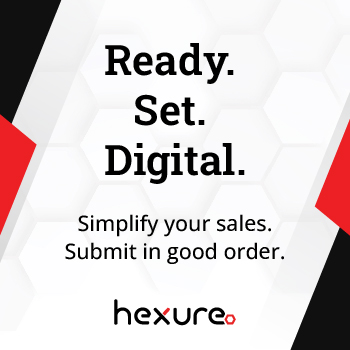

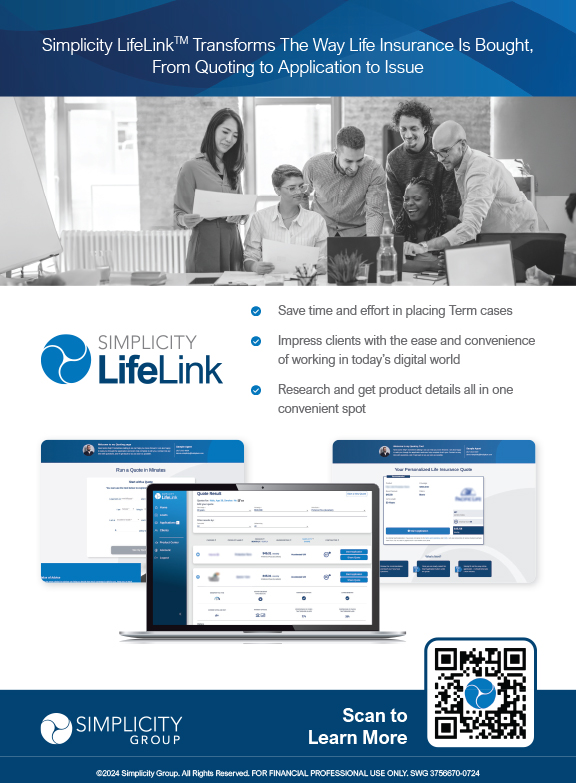

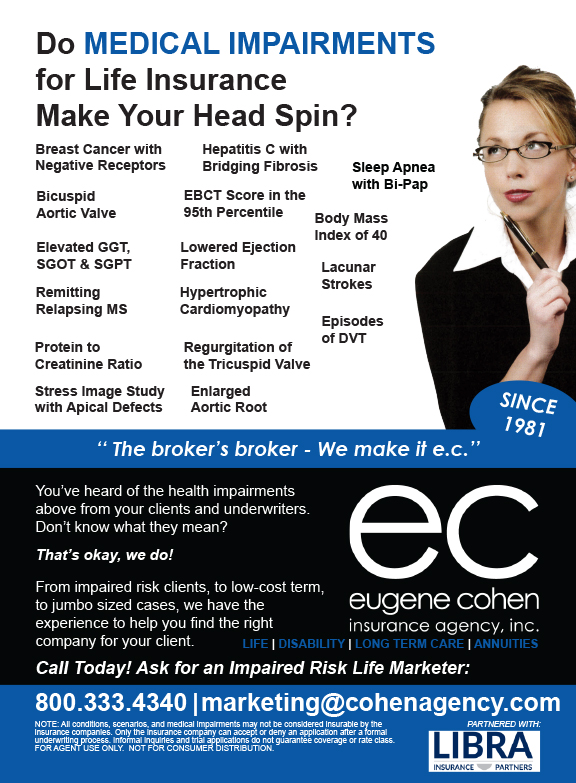
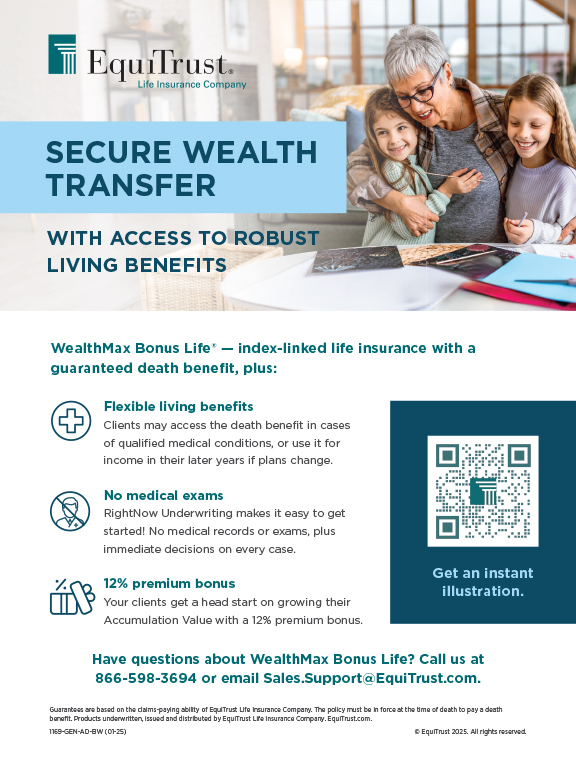


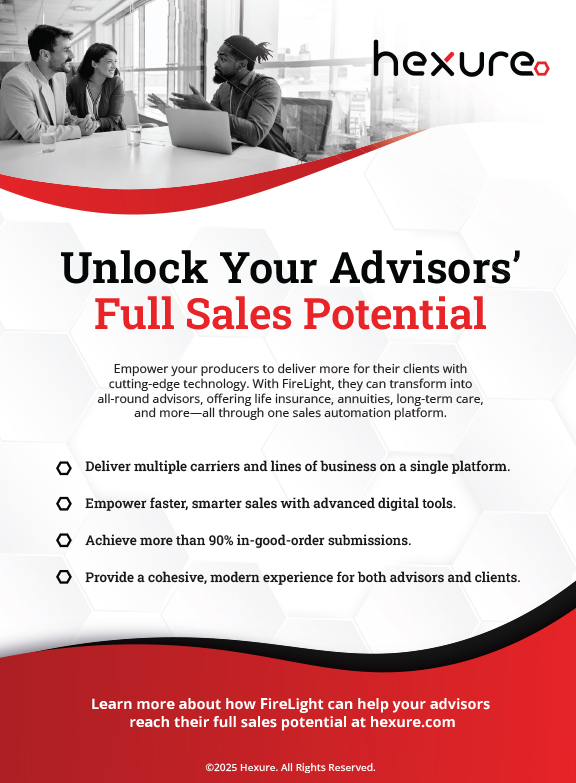


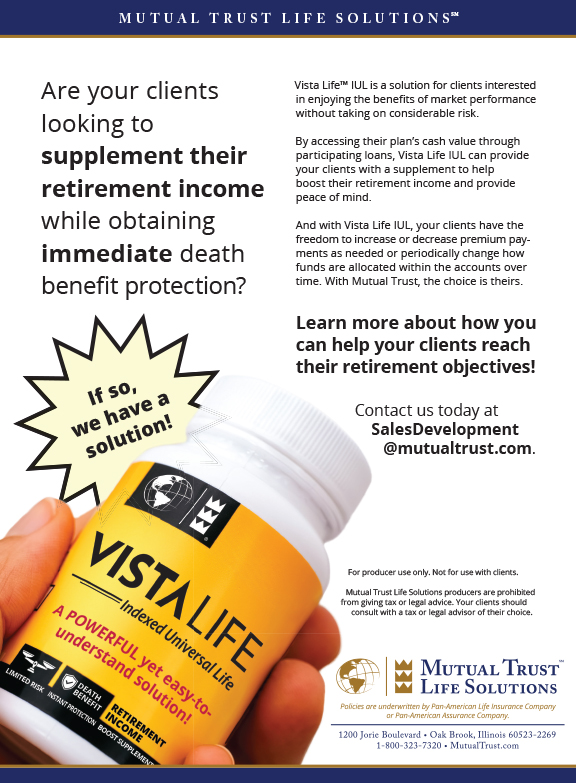
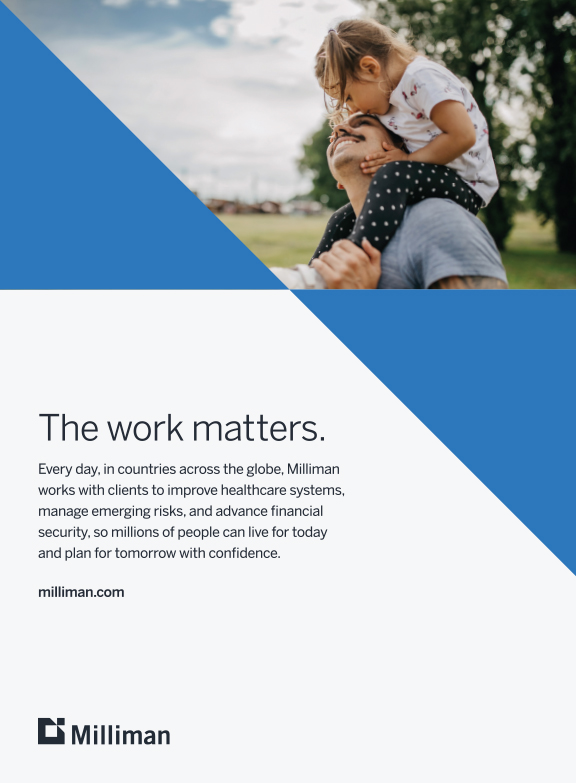

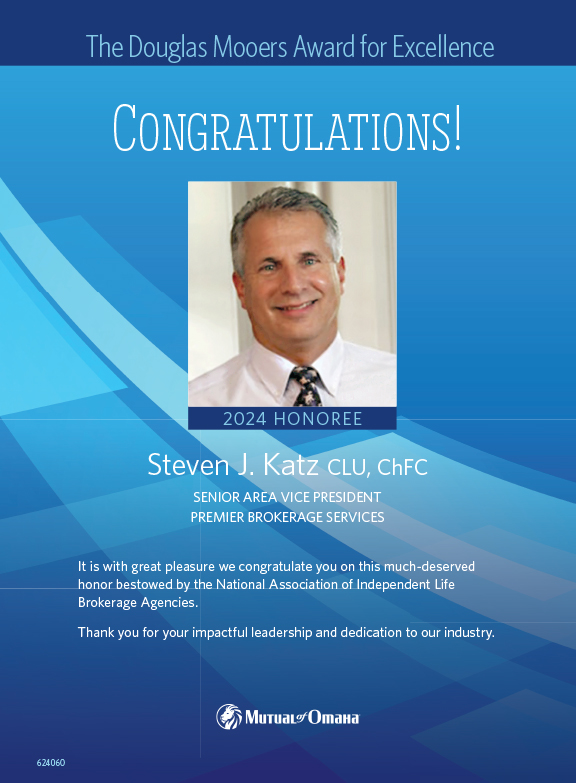


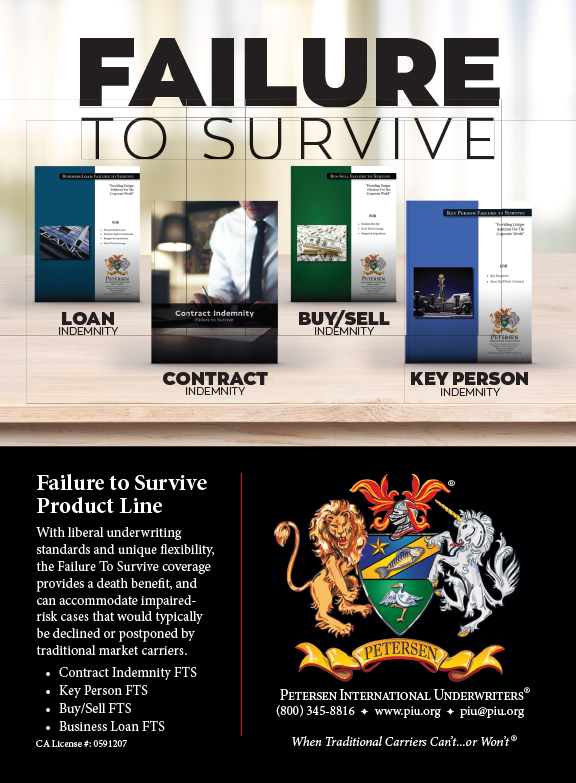
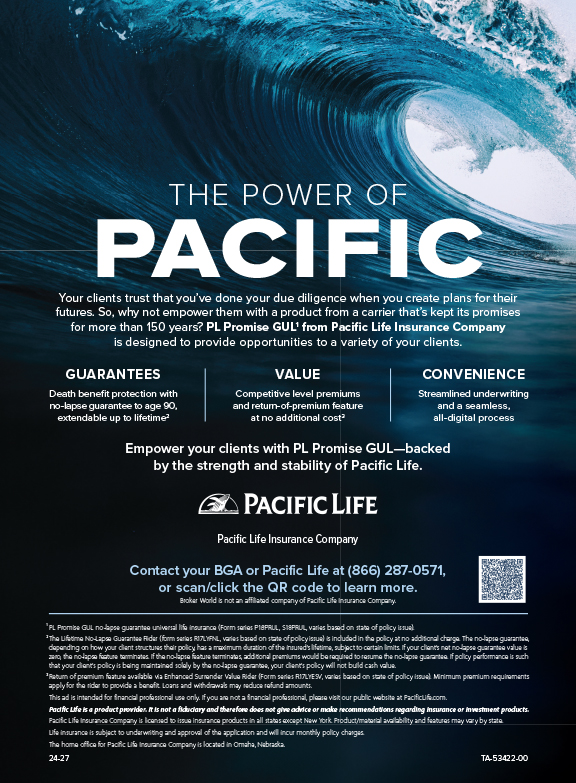
The Latest In Sales Illustrations, Paramed Exams And Client Engagement
There has been a lot reported on the impact of COVID-19 to the life insurance industry. I wanted to research this from a different perspective. Starting with sales illustration vendors from changes to carrier projects to how BGAs and agents are engaging with their clients. Next, I was curious about the truth regarding paramed exams. You will be surprised at what the paramed vendors revealed. Also, there is a growing trend for life insurance carriers using solution platforms to remotely engage with their policy owners.
Sales Illustrations
Let’s take a look at two types of illustration vendors to see how their businesses have changed since COVID-19. The first is illustrate inc. who works with carriers. They have modular point of sales solutions that run quotes, illustrations and eApps on both mobile and desktop devices for life insurance agents and consumers. illustrate inc. works on carrier digital point of sales projects customizing their solutions to integrate in the life insurance sales experience. The second type of illustration vendor is Ensight who focuses on the distribution side. Ensight has a modern multi-carrier intelligent quoting platform with a presentation solution used by BGAs for case design and analyzing permanent products like index universal life to visually help the agent explain the benefits of the UL product to their clients.
The feedback we received from illustrate inc. is that their business continued uninterrupted due to COVID-19, however they did see an impact on short term projects with some life insurance carriers as they shifted their immediate attention towards their own operations. Carriers recognize the impact COVID-19 has had on their distribution channels, clients, and operations, which has led them to start to reevaluate and review their current digital strategies to ensure that they’re aligned with the new business environment. Lyndon Edwards, president of illustrate inc., stated, “We’ve experienced a significant increase in conversations, largely due to COVID-19, with carriers who are ramping up their digital capabilities. This ranges from those just starting to look for a practical solution to those who see this as an opportunity to expand on their existing capabilities, as the pandemic has reinforced the need for automated and digital services from both a sales and business continuity perspective. Vendors, like us at illustrate inc., must be flexible, nimble, and innovative to deal with the changing requirements, immediate needs, and long-term scalability and sustainability of our solutions in order to support carriers and provide continuous value.”
From the onset of the COVID-19 pandemic, Ensight has seen a dramatic shift to the remote sales engagement model on virtual meetings such as Zoom and Go To Meeting-whether it is BGA case designers and wholesalers virtually supporting producers and financial professionals on key cases or providing product training, or life and annuity producers engaging with prospects over the Zoom to help fulfill the increased demand driven by the pandemic, or financial advisors, almost 50 percent of whom were already moving to a virtual client engagement model, interactively walking clients through the benefits of life insurance. Bill Unrue, CEO of Ensight, commented, “At Ensight, we have seen a dramatic shift towards the virtual sales experience with growth of 155 percent in just the last three months. We have also been supporting hundreds of wholesalers and financial professionals on a weekly basis via webinars and interactive training sessions to enable interactive client engagements on remote meetings. The pandemic has acted as an accelerant in the march toward digital transformation for the life and annuity sector. The rapid and agile response over the last seven months to COVID-19 bodes well for returning the sector to long-term growth and wider financial protection in society.”
Paramed Exams
APPS Paramedical Services has been able to not only “make it through” the initial stages of the COVID-19 crisis, APPS has seen significant paramedical exam order volume increases, and completions that are exceeding year over year projections. Joe Klein, SVP of National Accounts at APPS, was eager to provide some details, “As we entered mid-March, Coronavirus and uncertainty were at an all-time height in the U.S. Markets were shaken, neighborhoods were rocked, and many people hunkered down in isolation. Life insurance sales fell sharply, and paramedical exam orders were only half of what was expected. Fortunately, APPS responded by pulling together non-N95 masks and other PPE. Exam services continued, albeit slower, but fortunately in line with the speed of sales. Only four to six weeks later Americans were back in the saddle. The paramedical exam orders were flowing full force. Sure, some carriers deferred exams in lieu of higher rating offers, but those that saw their applicants’ continued desire to be fully medically underwritten had their exams completed and completed safely. Thus far into the pandemic the number of exams completed by APPS eclipses half a million. Paramedical exams are getting completed safely every day in the privacy of applicants’ homes. APPS is proud to not only help more Americans secure the financial security of their families, we are proud to serve our underwriting customers as they ensure the correct decisions are being made.”
As some actuaries are predicting, the mortality impact of COVID-19 will stretch far past the missed doctors’ appointments for preventative health and skyrocketing binge drinking. Just take a read of the newly published Hank George article titled Dire Diagnosis-COVID-19, the Great Recession, and the coming underwriting apocalypse. You will find it a sobering reminder that right now, more than ever, the value of fluids results cannot be replaced.
I spoke with a second paramedical service provider, MediPro Direct. Ryan Janeway, president, and CEO stated, “The impact of the SARS-CoV2 virus (COVID-19) on the insurance industry is significant. As a paramedical service provider, we experienced an immediate decline in exams being performed due to state and community shutdowns, economic uncertainty, and an increase by carriers in the policy amount required for these exams. We also experienced the demise of one of our largest competitors due directly to the impact of this virus on their business. As an organization MediPro Direct was well-positioned to respond to these market shifts, having already established a virtual office environment for our entire national team and utilizing secure and redundant cloud services for our case management systems. Setting up a virtual office offered a flexible workspace with the required space and technology, and also the company does not have to bear the traditional lease expense. You might find it unconventional when big companies like MediPro Direct choose a virtual workspace, but you should click here and see the benefits of adopting a virtual office in times like these. Our multifaceted business meant we were also able to hire some of the top talent made available by the sudden shut-down of our competitor, further increasing our ability to exceed client expectations.” In addition to operational consistency and data security, MediPro Direct was able to provide its field examiners with immediate access to PPE, as well as PCR and antigen testing through MediPro Direct’s genetic and clinical lab. This meant the safety for examiners and the applicants they service was never in question. Ryan continued optimistically, “Looking forward, we see the future of the insurance industry requiring a more data-conscious and capable paramedical network, including access to data on the health of the examiners in the field. With one the largest examiner networks in the nation, real-time reporting through our Quality First system, and examiner health tracking, MediPro Direct is ready to lead the way.”
I reached out to IMS-Insurance Medical Services to see if there was a change in the number of examiners being recruited. IMS offers a full array of services to assist with the pre-underwriting process such as paramedical examinations, attending physician statements, criminal background checks and motor vehicle reports. IMS is open 24 hours a day and 7 days a week. They have a national network of over 5,000 paramedical examiners nationwide. Bilal Saeed, VP of Operations at IMS, Paramed Inc. responded, “In spite of COVID-19, we have observed our business has grown due to increased awareness of life insurance and in result we have fully prepared our field staff to wear complete personal protective equipment (PPE) at all times during all examinations in the field. Our recruiting efforts of field examiners has doubled to meet the demands of the life insurance industry.”
Life Insurance Consumer Engagement Platforms
Sureify, a leader in digital enablement in the life insurance arena, has spent the past several years preparing carriers for a moment such as this. The pandemic has illuminated blind spots in the industry, especially reliance on disjointed, disconnected legacy systems that are proving wholly ineffective for remote selling, service and engagement. The Lifetime Platform is focused on helping carriers sell, engage and service with one enterprise platform that was developed to empower insurers and their agents to act, interact, and react in real time-via digital means. Sureify’s LifetimeEngage uses a collection of data and analytics to create robust engagement programs (financial education, health and lifestyle) that foster a life-long relationship with policyholders, while LifetimeAcquire drives placement rates via quoting, e-application, automated underwriting and new business transmission, and LifetimeService offers in-force customers a comprehensive self-service portal and native applications. CEO Dustin Yoder says that, “Sureify has seen significant growth as traditional insurers come to realize the positives (cost savings, functional improvement, and the enhanced ability to meet policyholder expectations) that come with the new digital landscape.”
As expected, the initial month of COVID-19 stalled businesses across the industry. Soon after, digital point of sales projects with carriers picked right up. Vendors used innovation to adapt sales illustration solutions to help agents virtually sell to their clients. Paramed exams, contrary to what many believe, are busier than ever today, and life carriers are looking to consumer engaging platforms to service their policyholders.